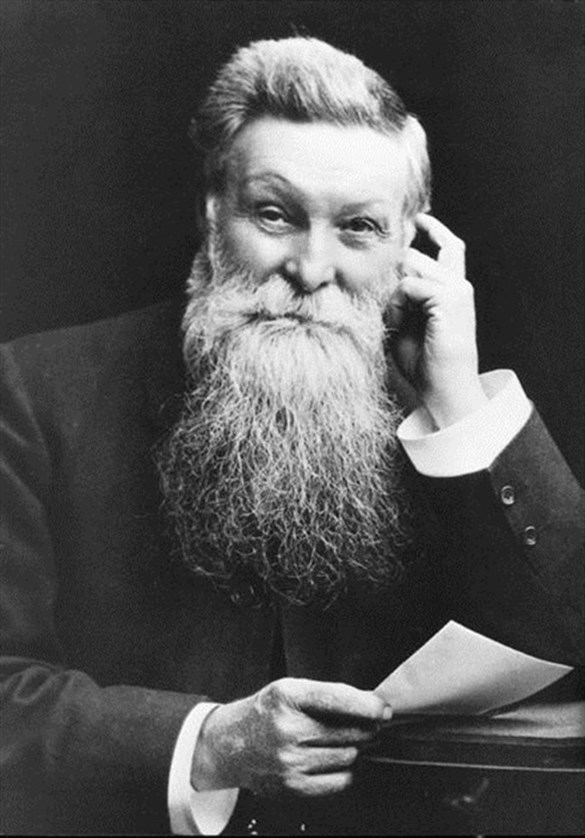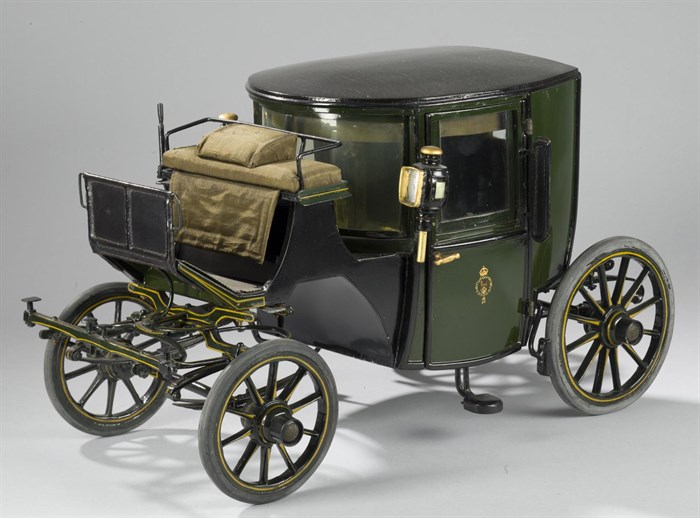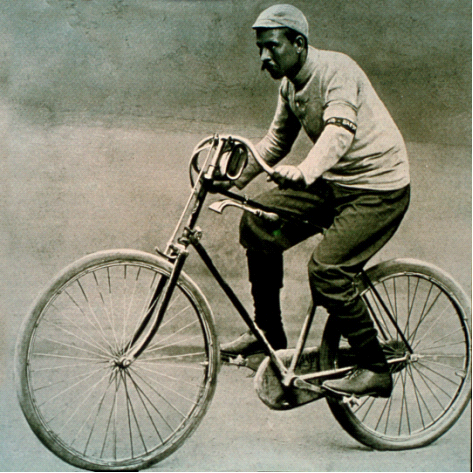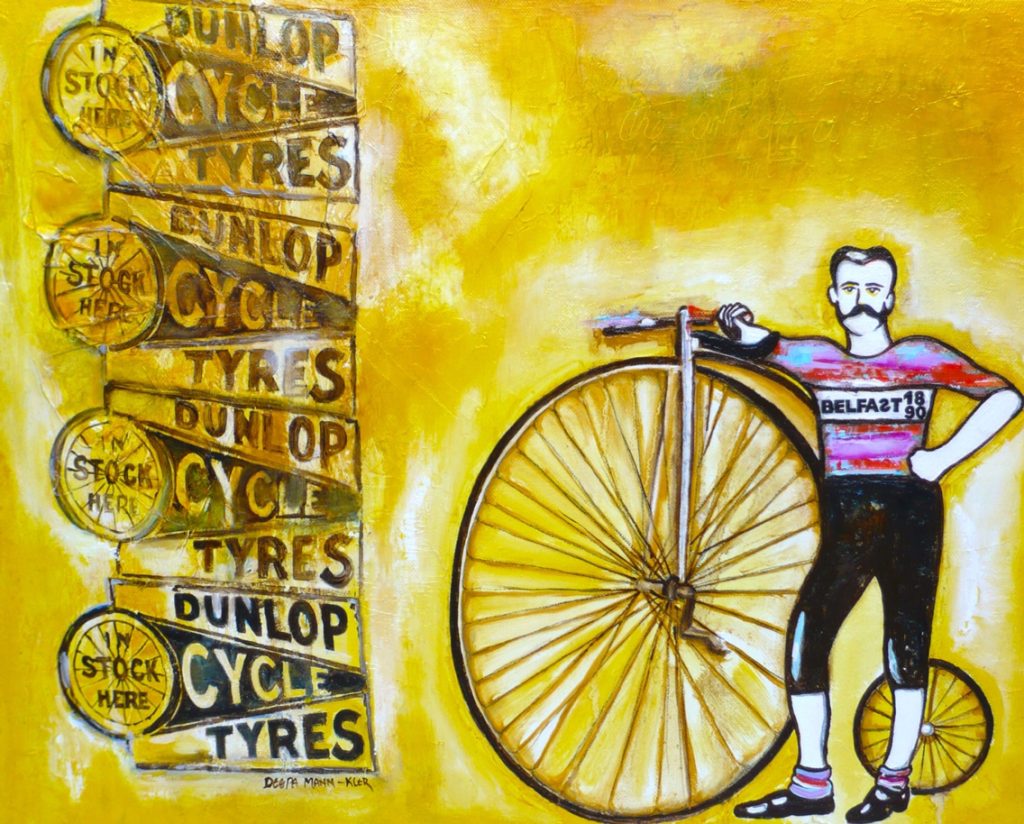This week, Harris county, TX, saw an unprecedented amount of rainfall during the hurricane/tropical storm Harvey. The city of Houston and surrounding areas have been frequently affected by flooding in the past two decade or so, which led ProPublica to describe Houston: Boom Town to Flood Town. A major portion of the article is devoted to exposing the pitfalls in flood risk modeling and management. Instead of using the latest tools, data, discoveries and ideas, the flood risk modeling and management by Harris County, TX, still relies on archaic technology and outright denial. This laggardly approach to protecting the public has real world consequences. One such example is the constant “once in a lifetime” flooding events in the area. But, as a leader of an organization that focuses on developing technology driven solutions for large scale problems, what can I learn from this group of outright denialists? It is the stark lack of compassion, with a hint of cynicism. It is a dangerous attitude for not just public officials but also for private enterprises. To illustrate this point, I am going to use a positive example from history. One of the best examples of applying compassion to create a brilliant new solution. The story is all about family, father-son bonding and compassion towards fellow human beings. A story that everybody should be familiar with.
Robert Thomson (1822 – 1873), a Scottish inventor and self taught engineer invented the pneumatic tire at the age of 23. In 1839, using a new process called vulcanization that added sulfur to rubber to make it pliable but not sticky. He built his first pneumatic tire out of hollowed out Indian rubber. The air cushion between the two layers of vulcanized rubber vastly increased the efficiency and comfort of horse-drawn carriages, over the conventional solid rubber tires that were in use at the time. Thomson received a French patent in 1846 and a US one in 1847. The early prototypes of Thompson’s new “aerial wheels” were used in horse carriages in Hyde Park, London. But, the invention didn’t catch the broader public attention for the next fifty years or so.
 In 1888, John Boyd Dunlop, a successful veterinary doctor, trained in Scotland, practicing in Northern Ireland, encountered another interesting problem. His son’s interest in competitive cycling in his school made him acutely aware of how uncomfortable it was to ride a bicycle at speed. During his time, tires for bicycles were again made of solid rubber or wood, just like the horse driven carriages. He was thinking of ways to cushion the undulations of the track. He independently stumbled across the idea of pneumatic tires, but instead of applying it to horse-driven carriages, he applied it for his son’s bicycle. Using Dunlop’s newly devised pneumatic tire, due to the more comfortable ride, his son won the competition.
In 1888, John Boyd Dunlop, a successful veterinary doctor, trained in Scotland, practicing in Northern Ireland, encountered another interesting problem. His son’s interest in competitive cycling in his school made him acutely aware of how uncomfortable it was to ride a bicycle at speed. During his time, tires for bicycles were again made of solid rubber or wood, just like the horse driven carriages. He was thinking of ways to cushion the undulations of the track. He independently stumbled across the idea of pneumatic tires, but instead of applying it to horse-driven carriages, he applied it for his son’s bicycle. Using Dunlop’s newly devised pneumatic tire, due to the more comfortable ride, his son won the competition.
In 1889, Dunlop collaborated with Irish cyclist Willie Hume. It was a marketing coup for Dunlop and a highly beneficial sports deal for Hume as a cyclist. Hume dominated the cycling competitions at the time and became a poster boy for the pneumatic bicycle tires. In 1938, the magazine Cycling, now known as Cycling Weekly, awarded Hume his own page in the Golden Book. The success of Dunlop’s pneumatic tires in cycling scene, led to the massive opportunity to market these products with the help of Irish business man and financier Harvey du Cros. The late 1800s and the early 1900s also coincided with the advent of motor cars. Pneumatic tires became an important part of the personal transport revolution, spear headed by the advent of internal combustion engines and motor cars.
It might seem like a series of fortunate coincidences leading to the creation of a completely new industry, but it all started with a single act of compassion, by a father concerned for his son. After reading this story, it is easy to see where this is heading. For individuals, organizations, enterprises or governments, compassion is a great quality to have. Having a compassionate view towards fellow individuals help us understand the issues and problems and think about finding solutions. I firmly believe, the important secret sauce of innovation is a compassionate mind, a mind that looks to solve problems, save people time, money and effort in accomplishing things. I want this quality to be part of the culture at Ekaveda and help individuals and teams come up with great solutions no-one has imagined before. This same approach should be the guiding principle for governments too, like the city of Houston. A compassionate approach towards its fellow residents, an open minded approach to look at changing patterns and data to create resilient city infrastructure, and preventing the frequent occurrences of “once-in-a-lifetime” weather occurrences, will help us build better communities today, that will survive and flourish tomorrow. I want everyone reading this post to think like John Boyd Dunlop, and emulate the parental compassion exhibited by him. It is the road to great new innovations and creating brilliant new products.
TL,DR: Compassion is the secret sauce to innovation. Just like the song, Kill Em With Kindness, by Selena Gomez, compassion and kindness are two killer qualities for anyone, even for businesses.
(Captions for images from top to bottom: 1) Picture of a flooded Eckerd Pharmacy, Fort Worth, TX, in 2004 from National Oceanographic and Atmospheric Administration website, obtained via Google Image Search and reproduced under fair usage rights, 2) A picture of the Brougham carriage used by Robert Thomson to demonstrate his pneumatic tires. The Brougham carriage was a new lightweight design by Lord Brougham, retrieved from the public domain and reproduced under fair usage rights from National Museums Scotland, 3) John Boyd Dunlop, who created the first pneumatic tires for bicycles and popularized them as a commercial product, picture from National Museums Scotland from public domain reproduced under fair usage rights, 4) An undated photograph of Willie Hume, the poster boy of pneumatic bicycle tires obtained via public domain from Merlin Cycles website, 5) A vintage style caricature depicting Willie Hume and his cycling success using Dunlop pneumatic tire, by artist, Deepa Mann-Kler, retrieved from the public domain and reproduced under fair usage rights .)



